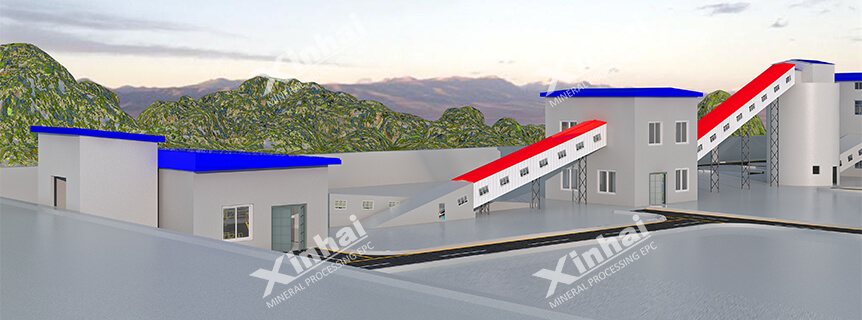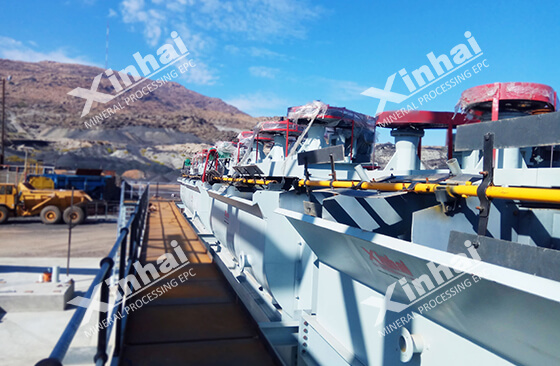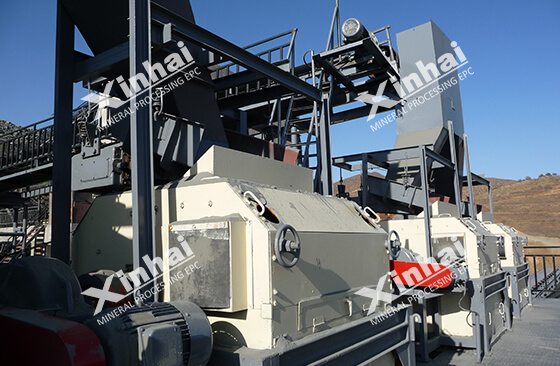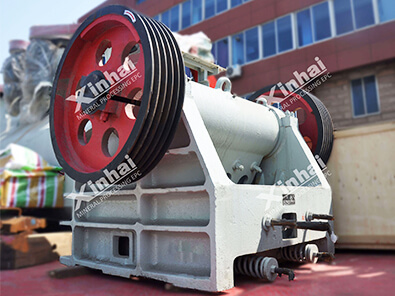What's the Cost of Ilmenite Processing Plant?
 Shirley
Shirley
 Mar 22, 2024
Mar 22, 2024
 247
247
If you want to know more details about equipment, solutions, etc, please click the button below for free consultation, or leave your requirements!

The extraction and processing of ilmenite, a titanium-iron oxide mineral, have become increasingly significant due to its extensive use in various industries, particularly in the production of titanium dioxide pigments and titanium metals. The cost of establishing and operating an ilmenite processing plant is influenced by numerous factors, including the scale of the operation, location, technology used, and market conditions. Typically, the capital costs for setting up a mineral processing plant can range from millions to hundreds of millions of dollars. This article delves into the various components that contribute to the overall cost of an ilmenite processing plant, providing insights into the economics of this burgeoning sector.
01Market Overview
BackBefore discussing the costs, it's essential to understand the market for ilmenite. Titanium minerals, including ilmenite, are primarily used in the production of titanium dioxide, which is a key ingredient in white pigments for paints, plastics, paper, and other materials. The demand for titanium dioxide has been steadily increasing due to its superior properties, such as opacity, brightness, and resistance to fading. This growth in demand directly impacts the cost of establishing and maintaining ilmenite processing plants.
02Scale of Operation
BackThe scale of the ilmenite processing plant significantly affects its cost. A larger plant with higher production capacity will require more significant investments in machinery, infrastructure, and labor. Conversely, smaller-scale operations may have lower upfront costs but may struggle to compete with larger plants in terms of economies of scale.
03Location
BackThe location of the processing plant plays a crucial role in determining costs. Access to raw materials, proximity to markets, availability of skilled labor, and local regulations can all impact the bottom line. For instance, building a plant near a port can reduce transportation costs for raw materials and finished products, but land and labor costs may be higher in such areas.
04Technology and Equipment
BackThe choice of technology and equipment is another critical factor. Modern ilmenite processing methods, such as wet magnetic separation and gravity separation, can improve efficiency and reduce costs. However, these advanced technologies often require higher initial investments. The cost of equipment, including crushers, grinding mills, magnetic separators, and flotation cells, can vary widely depending on the supplier and the technology used.

05Processing Costs
BackThe actual processing costs involve several elements, including energy consumption, reagent costs, labor, and maintenance. Energy costs are particularly significant, as ilmenite processing requires substantial power for crushing, grinding, and separation processes. The choice of energy source and local electricity rates will directly impact these costs.
06Environmental Considerations
BackEnvironmental regulations and the associated costs of compliance cannot be overlooked. Waste management, water treatment, and air pollution control measures are essential aspects of ilmenite processing that add to the overall cost. Investing in sustainable practices and technologies can mitigate some of these costs in the long run.
07Labor and Operational Costs
BackThe cost of labor varies by region and the skill level required for the job. Operational costs include salaries, training, benefits, and safety measures. Efficient management and the use of automation can help reduce labor costs.

08Market and Price Fluctuations
BackThe price of ilmenite and its derived products can fluctuate due to market forces. A processing plant must be prepared to handle these fluctuations, which can affect profitability and, consequently, the return on investment.
09Conclusion
BackThe cost of establishing and operating an ilmenite processing plant is a complex equation that involves market dynamics, scale, location, technology, processing costs, environmental considerations, labor, and market fluctuations. A thorough analysis of these factors is crucial for potential investors and operators to make informed decisions. While the upfront costs may be high, the long-term prospects for ilmenite processing plants remain promising due to the growing demand for titanium minerals and the strategic importance of these resources in various industries.
 +86 13810565920
+86 13810565920 xlyin@xinhaimining.net
xlyin@xinhaimining.net




 Message
Message Chat Now
Chat Now















